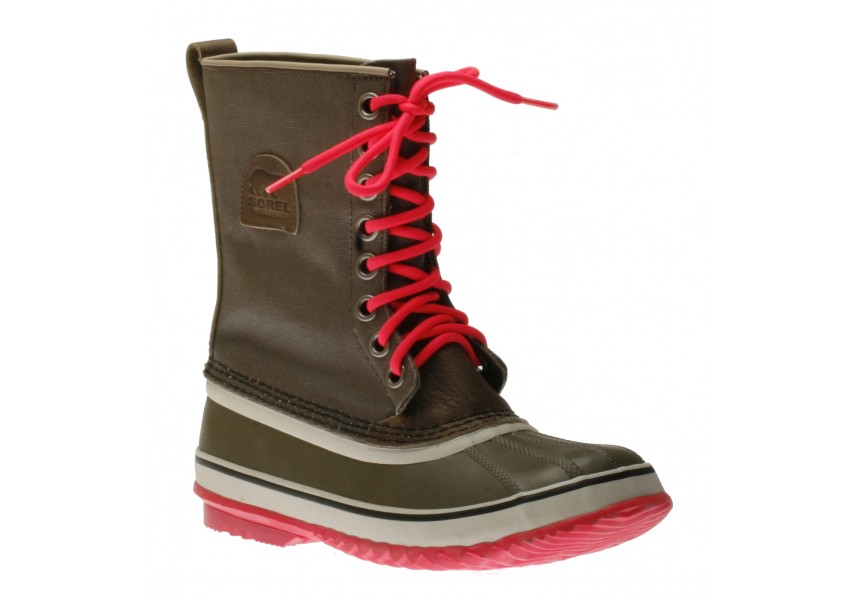Dressing warmly during a Toronto winter is a smart move. The first snow, with rare exception over the last 150 years, has occurred in November. December is often considered the coldest month. Temperatures average between a high of 1.4°C and a low of -1.5°C during that month. Along with a sturdy winter coat, gloves, and some sort of head covering, you should invest in boots designed to protect the feet. Here are some of the qualities you want those boots to possess.
Boot Liners That Provide Excellent Insulation
One of the main priorities for winter boots is protecting your feet from the cold. The better brands will include what is known as a temperature rating in the descriptions they provide about each style. Don’t settle for anything less that insulation designed to withstand the coldest weather that Toronto has to offer.
If a temperature rating is not available, pay close attention to the materials used for the liners. Thermal materials are typically used when the liners cannot be removed. Liners that can be removed are often made using a combination of synthetic and natural fibers. With either choice, focus your attention on liners that offer somewhere between 400 and 800 grams of insulation.
Boots That Allow Your Feet to Breathe
Even on the coldest of nights, your feet can still overheat and begin to perspire. Along with leaving the liners moist and your feet feeling a little clammy, the perspiration can leave the boots with a less than pleasant odor. Make sure the materials used for the liner and the shell will allow for some air circulation around the feet. While still keeping the cold at bay, boots that allow the feet to breathe minimize moisture, reduce bacterial growth, and keep foot odor to a minimum.
Plenty of Traction
While snow in Toronto usually begins falling in November, it may or may not stick. That can lead to ice on sidewalks, driveways, and other areas. Even people who don’t do a lot of walking during the winter months, it’s still necessary to invest in footwear that an outsole designed to provide a lot of traction. Look for a pair of Sorel boots with slightly deeper lugs as part of the outsole design. While you still need to step carefully, the depth of those lugs will make it a lot easier to remain upright when you walk across slippery surfaces.
Arch and Ankle Support
The boot construction must provide an adequate level of support for the feet and ankles. Something that keeps the arches naturally aligned and eases pressure will mean less aches at the end of the day. Extra support around the ankle will also reduce the chances of a turn of sprain if you should take a tumble. Remember that support for the feet and ankles also helps to keep fatigue and muscle pain in the lower legs to a minimum.
Now is the time to start looking for the perfect pair of winter boots. Focus your attention on manufacturers who have a long history of providing high-quality footwear for colder climates. As the temperature begins to drop, those boots will become one of your favorite things to wear.










